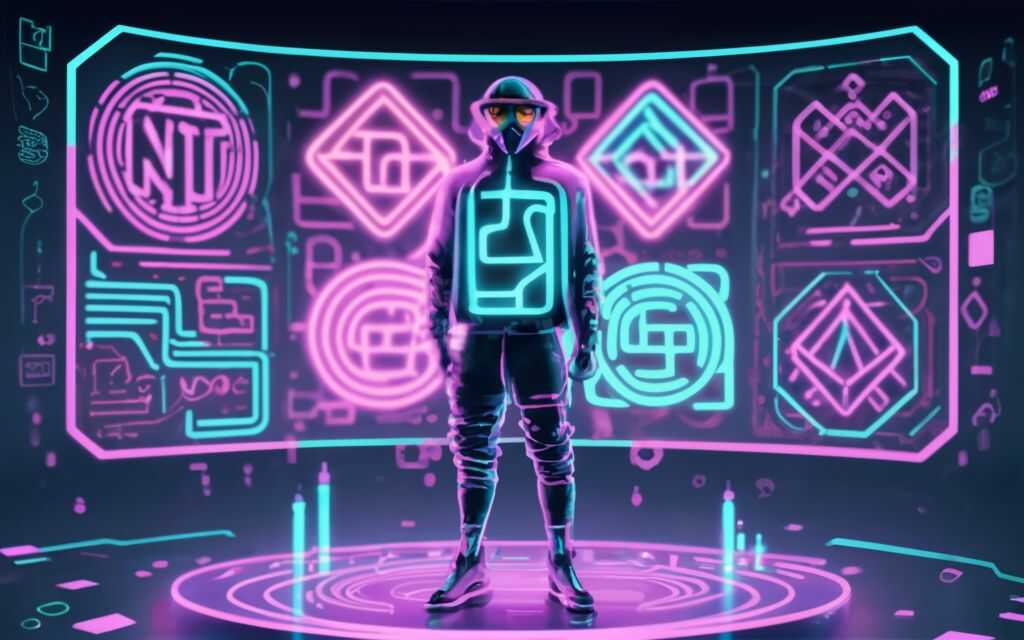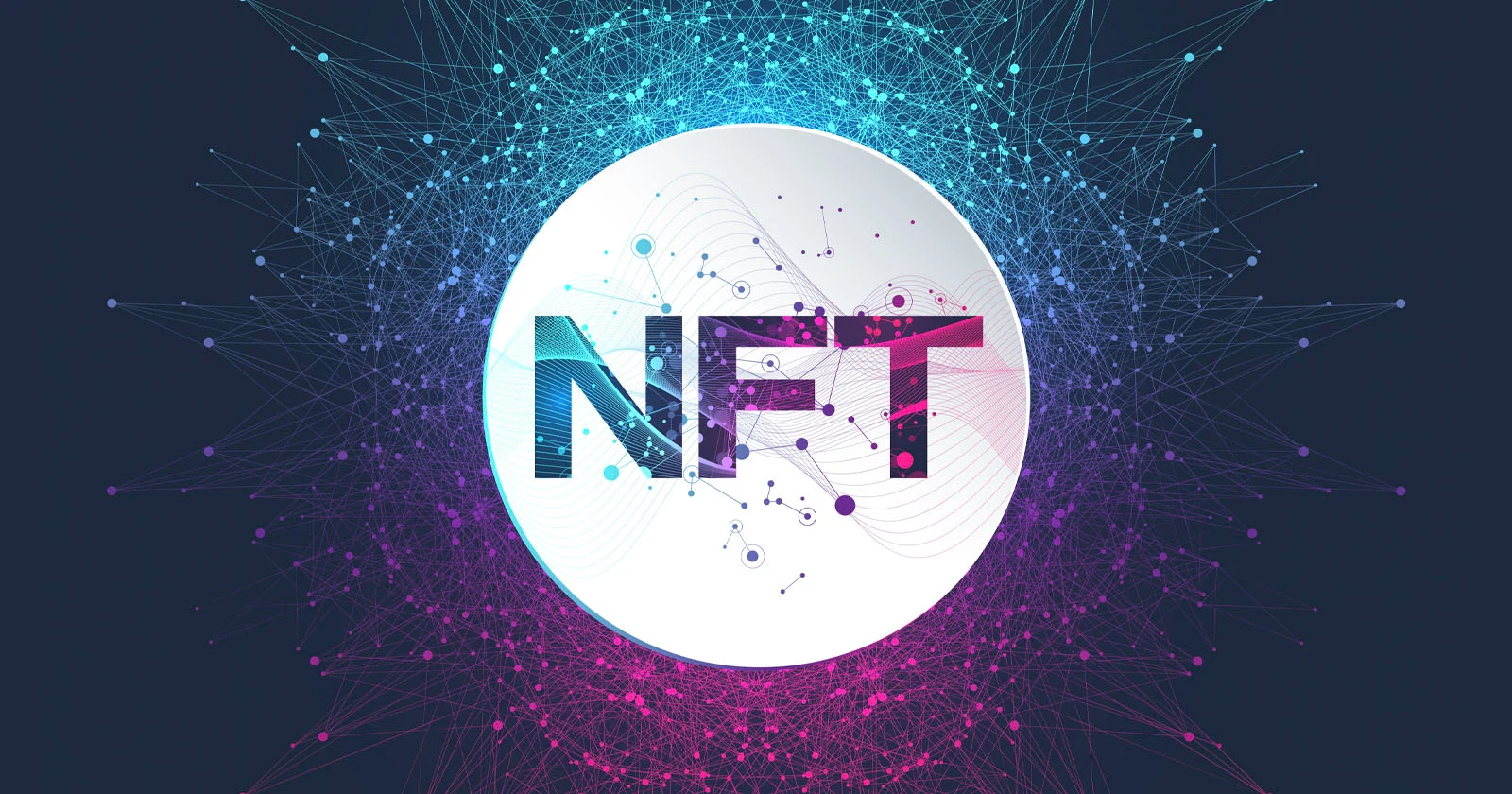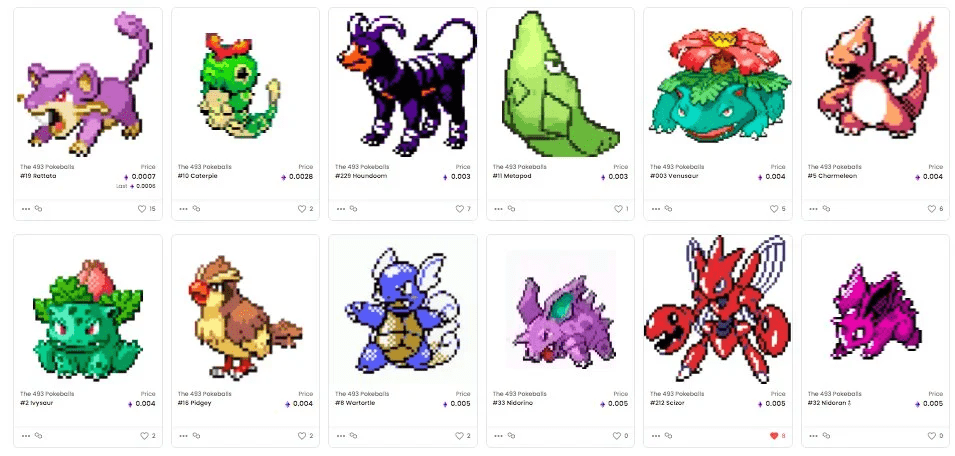Blockchain technology is transforming industries through its innate security, transparency, and decentralization. This beginner’s guide will explain the fundamentals of blockchain technology and its real-world applications across sectors.
What is Blockchain Technology?
A blockchain is a distributed digital ledger that records transactions in a verifiable and permanent way. It serves as the foundation for cryptocurrencies like Bitcoin as well as smart contracts and decentralized applications.
Here are some key characteristics of blockchain technology:
- Decentralized: No single entity controls the network. It is managed by computers around the world that follow the protocol.
- Transparent: All transactions are visible to participants in real-time. However, users can still remain pseudo-anonymous.
- Secure: Cryptographic principles like hashing make tampering with transactions near impossible. Changes have to be accepted by the majority to be valid.
- Irreversible: Once data is entered and confirmed on a blockchain, it is extremely difficult to alter it retroactively. This lends credibility to its information.
How Does Blockchain Work?
A blockchain network has no central server. It operates based on a peer-to-peer architecture where each computer on the network is called a node. When a transaction occurs, it gets represented online and relayed across nodes.
Here is the step-by-step process:
- A transaction is initiated between two parties. This could involve sending cryptocurrency or interacting with a decentralized app.
- The transaction data undergoes cryptographic hashing and is combined into a code called a hash. This ensures anonymity.
- The transaction and its hash are broadcasted as a “block” across network nodes using a special software program.
- Network nodes validate the transaction’s origin and signature using known algorithms. After verification, the block gets added to the chain.
- The block containing the transaction is permanently recorded on the blockchain for transparency.
This entire process makes fraud financially pointless because altering data on previously hashed blocks requires prohibitive computing power and a network majority.
Types of Blockchains
There are public, private, hybrid, and consortium blockchains, each fit for specific purposes:
Public blockchains like Bitcoin and Ethereum allow open participation. Anyone can join the peer-to-peer network or execute transactions. Public transparency allows trust in exchanges between strangers without intermediaries. However, public chains tend to have scalability and efficiency issues.
Private blockchains operate under the control of one organization with restricted membership. Access control provides security yet reduces decentralization. Private chains can process higher transaction volumes with lower costs.
Hybrid blockchains fuse both public and private blockchain properties. Certain privacy sensitive portions operate under access control while others interact openly for transparency.
Consortium blockchains are controlled by a group of organizations instead of a single entity. The administrators of consortium chains restrict user access like in private chains while retaining aspects decentralization and transparency.
Here is a comparison between public and private blockchains:
| Aspect | Public Blockchain | Private Blockchain |
| Access Control | Open to All | Restricted |
| Transparency | Fully Transparent | Selective |
| Speed of Transactions | Slower | Faster |
| Governance | Decentralized | Centralized |
| Examples | Bitcoin, Ethereum | Hyperledger, Corda |
Both public and private blockchains have relevant applications depending on the specific demands of a project. Hybrid models aim to bridge their advantages.
Benefits of Blockchain Technology
Here are five major advantages of blockchain technology:
- Decentralization: No central point of failure improves uptime and control.
- Transparency: Publicly viewable ledger promotes trust in data.
- Security: Cryptography and distribution make altering records near impossible.
- Speed: Instant cross-border transactions bypass lengthy bank processes.
- Savings: Removal of third-party verification slashes fees substantially.
These powerful qualities underlie game-changing blockchain use cases.
Common Terminology
Here are concise explanations of six common blockchain terms:
- Cryptocurrency: Digital money secured by cryptography and recorded on a blockchain ledger. Bitcoin is the most popular one.
- Node: Any computer that connects to a blockchain network and has software for validating transactions.
- Mining: The process where nodes solve complex mathematical problems to verify transactions and generate new cryptocurrency.
- Wallet: Software program that stores public and private keys used to send and receive cryptocurrencies securely.
- Hash: A unique cryptographic code that identifies a transaction and scrambles sensitive data for privacy.
- DApp: Decentralized application that runs on smart contracts over a peer-to-peer network instead of one authority.
Understanding this vocabulary will help you grasp blockchain platforms better.
Understanding Cryptocurrencies and Blockchain
Cryptocurrencies like Bitcoin rely extensively on blockchain technology for security and decentralization. Here is the relationship between cryptocurrencies and blockchain:
- Transactions in cryptocurrency get recorded irreversibly through hashing onto decentralized blockchain ledgers across peer nodes, making fraud economically pointless.
- Mining cryptocurrencies gives nodes digital coins for performing the proof-of-work that verifies legitimate transactions using tremendous computing power. This investment of effort strengthens security.
- Unlike fiat money, no central bank or middlemen manipulate the finite supply of cryptocurrency. Their value derives from demand, circulation, and blockchain processing costs.
- Cryptocurrencies allow fast, global transactions with vastly lower fees because no financial institutions facilitate exchanges on a shared ledger infrastructure.
Blockchain enabled the advent of decentralized digital currencies and underlies most functionality.
Blockchain Use Cases Across Industries
Blockchain technology is driving transformation across sectors like:
- Banking: Blockchain facilitates cross-border payments, streamlines KYC norms and reduces transaction fees by eliminating overhead costs.
- Supply chains: Supply chain blockchains enhance logistics monitoring, food safety compliance and product origin tracking while reducing fraud.
- Voting: Blockchain e-voting could offer greater transparency in tallying by mitigating risks like election rigging and double voting through immutable records.
- Healthcare: Secure distributed patient records shared across healthcare networks could improve privacy and seamless access to health information.
- Real estate: Asset tokenization, digital title transfers and transparent property histories are some upcoming real estate applications.
- Retail: Improved loyalty programs and inventory management are retail use cases benefitting customers and companies alike.
As blockchain technology matures, mainstream adoption will accelerate.
Security and Privacy in Blockchain
Despite its strong defense against data tampering, blockchain also grants privacy:
- While transaction details get recorded transparently, users interact through randomized hash codes instead of real identities.
- Private keys that unlock cryptocurrency work like passwords and their secrecy prevents theft. Stolen private keys enable possession regardless of blockchain security.
However, risks exist:
- Programming defects called exploits have allowed cryptocurrency heists. But open-source testing and upgrades vastly improve robustness.
- Quantum computing could overwhelm the encryption protecting blockchains theoretically. But the models are distant from real-world viability currently.
- Users must guard private keys vigilantly because transactions cannot be reversed unlike credit cards. But hardware wallets provide offline protection.
With careful precautions, blockchains offer unrivaled security and controlled anonymity.
Smart Contracts and Decentralized Applications
Beyond digital currencies, blockchains enable smart contracts and distributed apps:
- Smart contracts are programmable scripts that execute automatically when conditions are met. They are stored on blockchains securely and cost less.
- For example, artists could bypass labels using smart contracts that directly compensate them per stream or share. Errors can be fixed unlike traditional rigid contracts.
- Decentralized applications shift backend processing to blockchain nodes instead of depending on a central server. Control moves from one entity to shared infrastructure.
- Blockchain email services or file storage offer privacy and uptime unlike centralized legacy options prone to downtime or surveillance overreach.
- However, user adoption is still sparse currently. Onboarding barriers and scaling limitations of DApps will reduce over time across categories.
Getting Started: Wallets and Transactions
To start transacting on blockchains like Ethereum for utility or Bitcoin for currency, you need to set up a secure wallet.
Software options like Metamask and hardware ones like Ledger let you store your private keys for sending and receiving coins or accessing DApps safely. Hardware wallets disconnected from the internet maximize protection.
Once you have a wallet, you can buy crypto with fiat currency through exchanges like Coinbase. Advanced users trade for profit between cryptocurrencies based on daily price swings.
With funds in your wallet, you can execute peer-to-peer transactions easily. For example, you could swap Bitcoin in seconds across continents without paperwork unlike archaic bank transfers. People also utilize crypto to preserve assets against currency devaluation.
Challenges and Future Trends
Despite exciting potential, blockchain faces obstacles in reaching extensive adoption:
- Scalability bottlenecks from growing transaction volumes lead to delays and high costs periodically, hindering usability. However, solutions like sharding seek to expand capacity.
- Real-world usage beyond speculation is still finding footing across industries. But Proof-of-Concept trials signal gradual integration with legacy systems.
- Energy consumption for blockchain mining using graphics cards currently remains exorbitant. However, more efficient verification methods are in development.
- User experience has sharp learning curves. But interfaces are rapidly abstracting complexity away, enabling intuitive access for average consumers.
- Regulatory uncertainty persists because governments are still formulating coherent frameworks for taxonomy and governance tailored to cryptocurrencies and blockchain ecosystems.
Powerful drivers including venture capital investments surpassing $30 billion in 2021 highlight soaring interest in normalized deployment at scale. As the technology matures, blockchain promises to transform commerce globally through decentralized and democratized participation.
Conclusion
Blockchain technology ushers automation, transparency and decentralization across sectors at reduced costs. Despite nascent challenges, fundamental security guarantees combined with the promise of Web 3.0 position it as an epoch-defining innovation bound to permeate business and society just as foundational as the internet once was for the digital information age. Early adopters stand to gain enormously while skeptics risk losing relevance.
Frequently Asked Questions
What are the benefits of the blockchain revolution?
The blockchain revolution brings decentralization, transparency, enhanced security, greater efficiency and cost reduction across financial transactions, record keeping, supply chains and healthcare among sectors.
What are the risks associated with blockchain technology?
Risks currently include scaling constraints, onboarding difficulties for average users, energy consumption, and lack of regulatory clarity from governments. Solutions targeted at these limitations are under active development.
What industries will blockchain technology disrupt?
Banking, insurance, cybersecurity, healthcare, supply chain, music, real estate, gaming, retail, identity protection and voting face disruption from attributes like process integrity, elimination of gatekeeper rents and democratized value creation.
How can blockchain technology transform developing countries?
Blockchain banking can enable universal access minus costs, stablecoin adoption can hedge against currency manipulation, and immutable land records protect property rights securely during development transitions fraught with corruption.
What are the next big trends in blockchain and crypto?
Sharding promises enormous scaling of transaction throughput across blockchains, Ethereum’s upcoming proof-of-stake update aims at 99% energy use reduction, and stablecoins poised to surpass credit cards in adoption signal steady maturation.




